
loading...

Why Indian Students Should Pay Attention to Semiconductors Now More Than Ever
Not long ago, semiconductors were just a niche topic for physicists and engineers. But just a few decades ago, the silicon chips became the heartbeat of modern life. What started with basic radio circuits in the mid-1900s has turned into the invisible engine behind your phone, laptop, car, smart fridge, and whatnot. The changes didn’t happen overnight, it took relentless innovation, global research, and a lot of silicon science to make it all possible.
As per Moore’s Law, the number of transistors on a chip would double every couple of years. But to everyone’s amazement, the Future of Semiconductor Technology was so much more than what had been thought of. Chips got smaller, cheaper, and more powerful, and we all got used to faster gadgets and smarter machines, and of course, there is so much more to the future of the semiconductor industry.
We’re entering a new chapter in this story. The future of semiconductors is headed toward a transformation that could turn American sci-fi movies into reality, flying cars, brain-embedded chips, and beyond. There’s no end to the imagination.
But this leap isn’t a school sports day race, it’s a full-fledged Olympic tournament among countries across the globe.
Designing and manufacturing chips today demands far more than just strong technical skills. Engineers now deal with microscopic precision, cutting-edge fabrication techniques, and materials sourced from around the world. Countries must build the capacity to give their students the exposure and training needed to understand and work with these advancements.
As we look toward the semiconductor industry trends of 2025 and beyond, entering this field means diving into a world of complex systems, global stakes, and intense competition.
For Indian students, this is not a call to catch up; it’s a call to lead, especially now that the world has high hopes for us. The country has the talent, the drive, and increasingly, the infrastructure. What’s needed now is awareness, education, and action. Knowing the trends in semiconductor development isn’t just helpful, it’s essential. It’s about being ready to shape a future that’s already knocking on the door.
The semiconductors you rely on daily have taken a global journey. The silicon may be sourced from China, processed with German tools, designed in the US, tested in Malaysia, and finally assembled in Taiwan or South Korea. This complex choreography of global interdependence makes the industry vulnerable to geopolitical tremors.
Events like the U.S.-China trade war have unveiled just how delicate this ecosystem is. The imposition of tariffs by the U.S. on imported semiconductors doesn’t just influence the relationship between the two nations; it reverberates through every corner of the tech world. Companies like NVIDIA and Qualcomm feel the pressure, and so do startups and research labs across continents, all of which impact the Future of the Semiconductor Industry in India.
India, once a silent observer in the semiconductor narrative, is now scripting a bold new chapter, and the whole world is observing our swift move in position. With the launch of the India Semiconductor Mission, the nation has stepped into the limelight, determined to build domestic capability and become a global hub, marking a pivotal moment in the Future of the semiconductor industry in India.
In May 2025, the Indian government approved its 6th semiconductor facility, a joint venture between HCL and Foxconn, located near the upcoming Jewar Airport. This isn’t an isolated event. It’s part of a well-orchestrated movement:
States like Uttar Pradesh and Gujarat are rapidly emerging as semiconductor destinations, with industrial zones like YEIDA facilitating land, infrastructure, and policy incentives.
This contributes to the Growth of the Semiconductor Industry in 2025, transforming India from a consumer to a creator in the global chip economy.
If you're a student of engineering, science, or simply a curious mind, this is your moment. Here’s what you need to know, and more importantly, do:
1. Understand the Technology
Stay curious. Learn about semiconductor materials, chip design, fabrication techniques, and testing. Graphene, gallium nitride, and silicon carbide are not just buzzwords, but the building blocks of tomorrow’s tech. Keeping an eye on Semiconductor Industry Trends will give you insights into where the field is headed.
2. Embrace Interdisciplinary Skills
Semiconductors don’t operate in a vacuum. They intersect with AI, quantum computing, IoT, and more. Knowledge of software, machine learning, and circuit design will give you an edge—especially as the Future of Semiconductor Technology evolves.
3. Follow the Industry Trends
From chiplet architectures to 3D packaging, the field is evolving fast. Follow global leaders like TSMC, Intel, and ASML, and keep an eye on India’s upcoming giants contributing to the Future of the Semiconductor Industry in India.
4. Get Hands-On Experience
Look out for internships, online fabrication labs, and industry-led certification courses. Organisations like Futurewiz are bridging the gap between students and the VLSI industry. Be a part of that movement and prepare for the Growth of the Semiconductor Industry in 2025.
5. Think Global, Act Local
The industry is global, but opportunities are blossoming at home. Whether it’s a fab in Gujarat or a design center in Bengaluru, Indian soil is becoming fertile ground for innovation.
6. Contribute to Sustainable Practices
As future leaders, it’s also your responsibility to ensure that semiconductor manufacturing becomes more sustainable. Innovate processes, advocate for clean technologies, and think beyond profit.
It’s hard to pin down exactly where technology is headed next, but one thing’s for sure: semiconductors are going to be right at the heart of it. From AI-designed chips to computing that mimics the human brain, and even the promise of quantum-powered systems, the next wave is already forming. These aren’t just research topics anymore, they’re edging closer to real-world use.
In all this, India isn’t just showing up, it’s stepping forward. The talent is here. The infrastructure is growing. And government policies are pushing in the right direction. We’re not just hoping to be part of this global shift, we’re preparing to help shape the Semiconductor Industry Trends.
That said, nothing about this journey is simple. The semiconductor industry is one of the toughest out there. It demands accuracy, deep focus, and a lot of time. Mistakes are costly. Progress is slow. But for those who stay the course, it’s also one of the most rewarding spaces to work in where breakthroughs matter and legacies are made.
So here’s the thing: if you’re a student wondering what to pursue, this is your signal. Don’t just read about what’s coming, be part of building it. Follow how the semiconductor landscape is changing. Understand the Growth of the Semiconductor Industry in 2025. Learn the skills that will keep you in the game.
This isn’t just a career option. It’s an opportunity to be part of something massive, something global. And Indian students, more than ever, are standing at the edge of that moment.
And we are here to guide you to walk the red carpet. FutureWiz offers career-focused VLSI Course, aligned with industry demands. Through live projects, internships, and mentorship, students are prepared to meet the sector’s expectations and shape the Future of the Semiconductor Industry in India.
To know more, connect with our career counsellor.
 A to Z on India, Japan & the Future of Semiconductor Industry: A New Chapter in Tech Collaboration
A to Z on India, Japan & the Future of Semiconductor Industry: A New Chapter in Tech Collaboration
 RTL Design vs Physical Design: What's the Real Difference?
RTL Design vs Physical Design: What's the Real Difference?
 The Future of the Semiconductor Industry: What Indian Students Should Know
The Future of the Semiconductor Industry: What Indian Students Should Know
 Top 7 Career Paths After Completing a VLSI Course
Top 7 Career Paths After Completing a VLSI Course
 Best Time Management Tips for Students Preparing for VLSI Careers
Best Time Management Tips for Students Preparing for VLSI Careers
 Mastering VLSI Physical Design: A Comprehensive Course Overview
Mastering VLSI Physical Design: A Comprehensive Course Overview
 The Complete FPGA and ASIC Guide
The Complete FPGA and ASIC Guide
 Verilog Essentials: Mastering the Fundamentals of Hardware Description Language
Verilog Essentials: Mastering the Fundamentals of Hardware Description Language
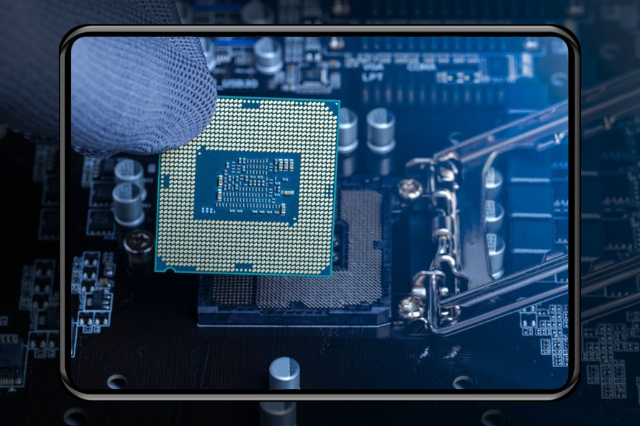 Unleashing the Power of System Verilog: A Comprehensive Guide for Aspiring Designers
Unleashing the Power of System Verilog: A Comprehensive Guide for Aspiring Designers
 Demystifying VLSI chip Design: Exploring the Core Concepts of VLSI Courses
Demystifying VLSI chip Design: Exploring the Core Concepts of VLSI Courses
 Basics of VLSI - An Ultimate Guide
Basics of VLSI - An Ultimate Guide
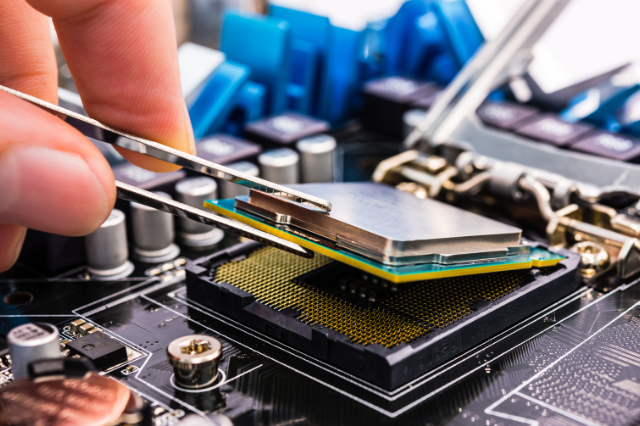 Career Prospects After Completing A VLSI Course
Career Prospects After Completing A VLSI Course
 Top 5 Reasons To Take Up A Professional VLSI Course
Top 5 Reasons To Take Up A Professional VLSI Course
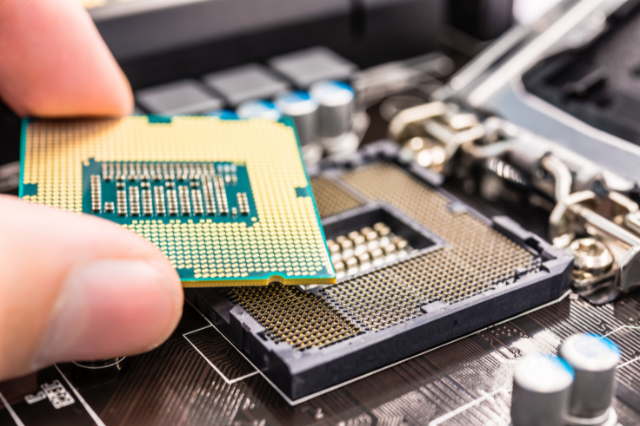 Mastering VLSI Design: A Comprehensive Guide To Understanding Complex Integrated Circuits
Mastering VLSI Design: A Comprehensive Guide To Understanding Complex Integrated Circuits
 Future-Proof Your Career With A VLSI Course: How Learning About Integrated Circuits Can Boost Your Job Prospects?
Future-Proof Your Career With A VLSI Course: How Learning About Integrated Circuits Can Boost Your Job Prospects?
 System Verilog: An Overview
System Verilog: An Overview
 Introduction to Hardware Description Language (HDL)
Introduction to Hardware Description Language (HDL)
 Unlock The Potential Of VLSI Design With An Integrated VLSI Course Online
Unlock The Potential Of VLSI Design With An Integrated VLSI Course Online
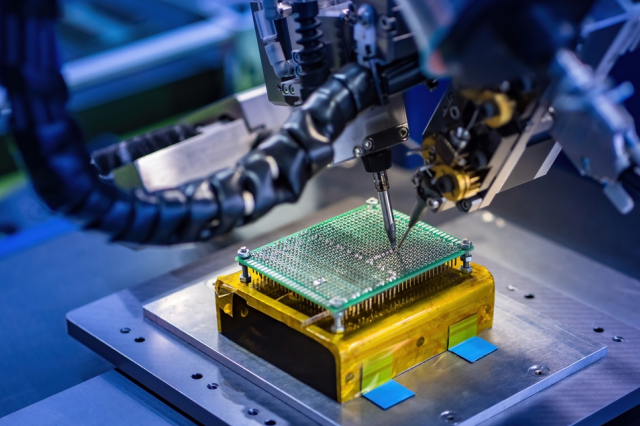 Universal Verification Methodology:An Efficient Verification Approach
Universal Verification Methodology:An Efficient Verification Approach
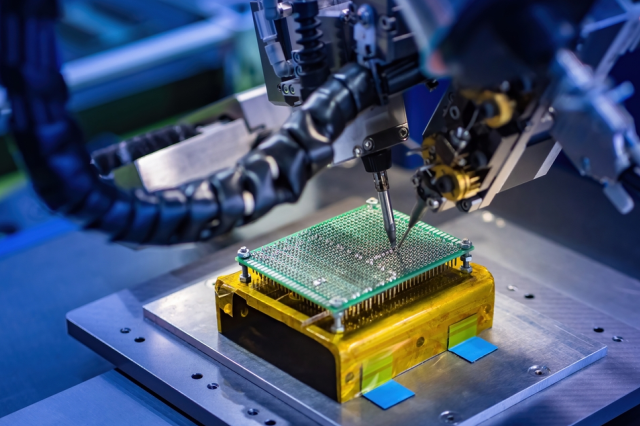 How to Write a Verilog Module for Design and Testbench
How to Write a Verilog Module for Design and Testbench




